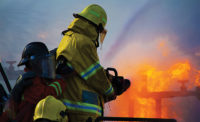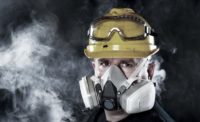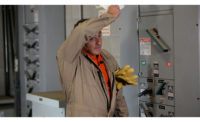Another potential standard regarding combustible dust hazards would further ignite the heat and FR segment.
New analysis from Frost & Sullivan, North American Industrial Protective Clothing Market, finds that the market earned revenues of $1.63 billion in 2012 and estimates this to reach $2.30 billion in 2017 at a compound annual growth rate of 7.2 percent. The study covers the five clothing types — high-visibility, heat and FR, chemical, chainsaw, and antistatic.
While the market’s prospects are still bright, the influx of cheap imports from Asia has pegged it back to some extent. Participants are reluctant to increase their products’ average selling price, and are considering combating the imports challenge through industry consolidation and higher entry barriers.
Participants can stand out in the market by leveraging technological innovations to create novel design and raw materials. These R&D efforts will be driven by customer demand for better-performing protective clothing that is both comfortable and stylish.
“Multi-functionality is a growing trend in the industrial protective clothing market in North America,” noted a F&S analyst. “Acknowledging this, protective clothing companies are providing lines of new products that combine the features of high-visibility, chainsaw, chemical, and antistatic clothing.”
Frost & Sullivan, the Growth Partnership Company, works in collaboration with clients to leverage innovation that addresses global challenges and related growth opportunities that will make or break today’s market participants.



